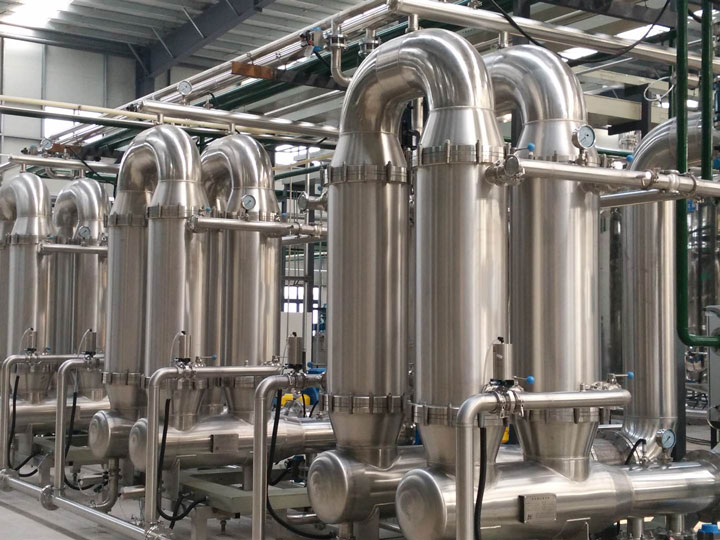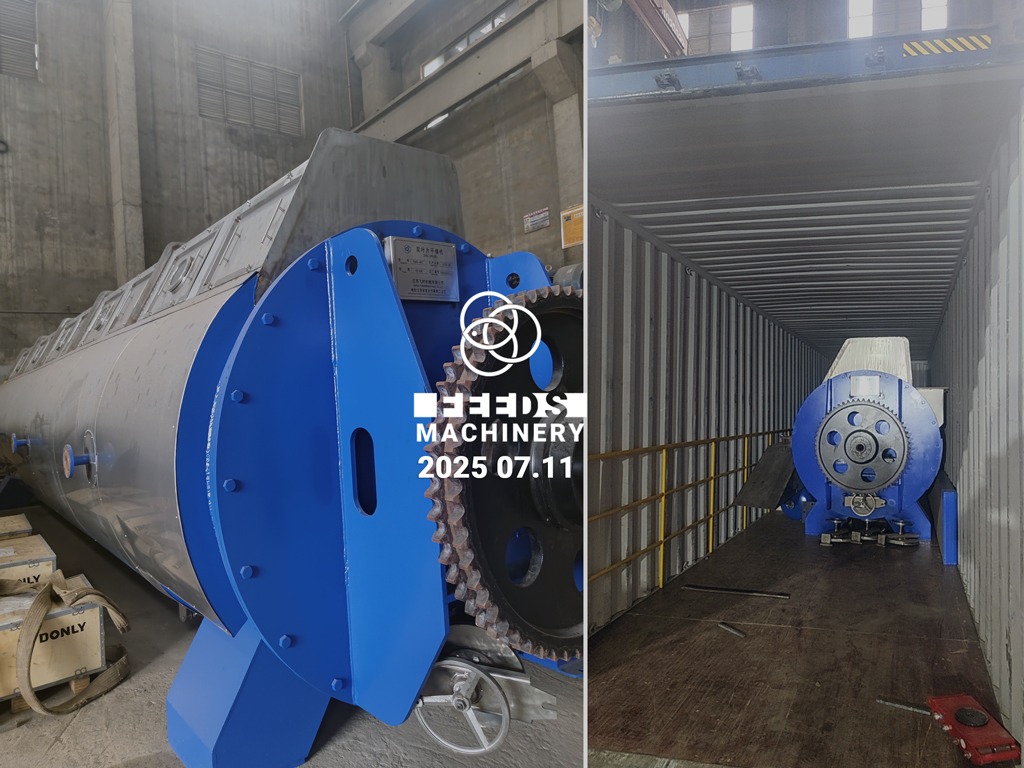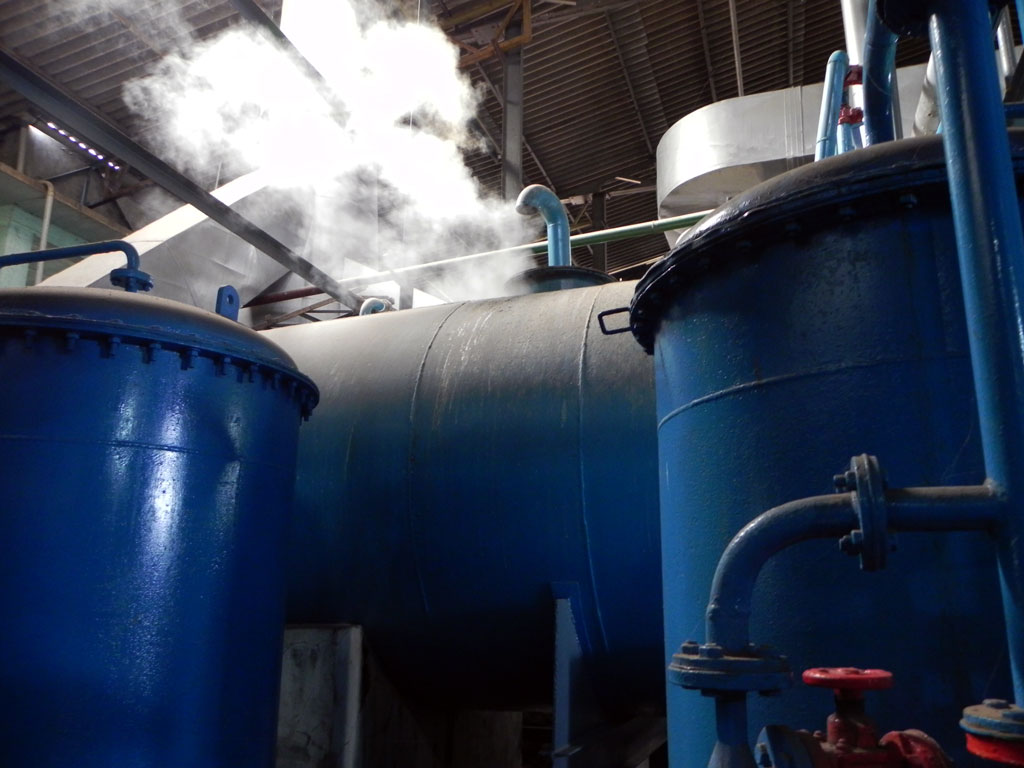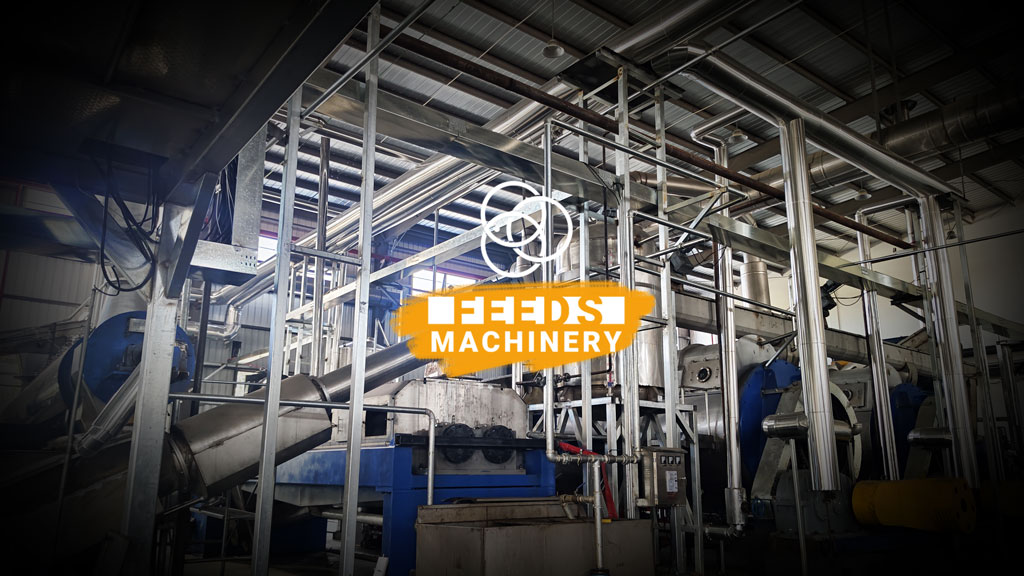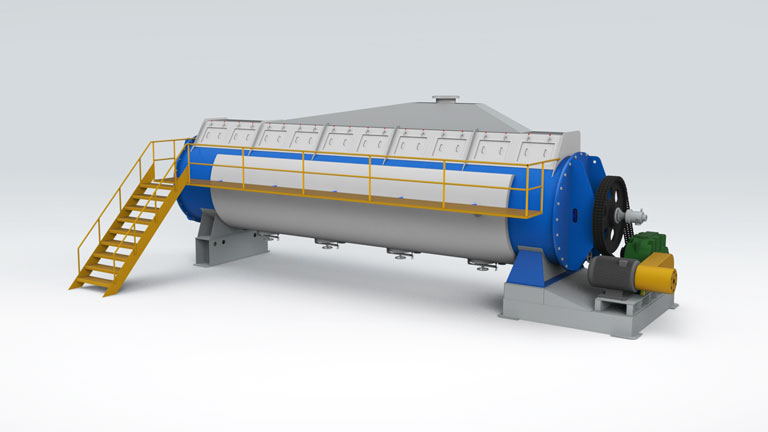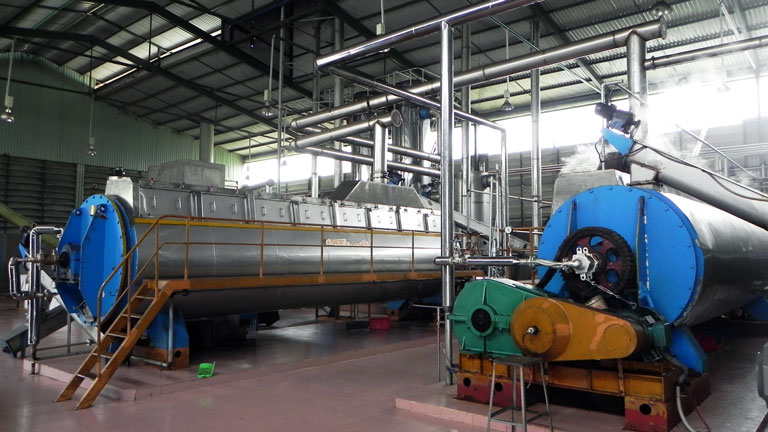What is the Ceramic Membrane Concentration Filtration system?
Ceramic membrane filtration is a high-performance separation technology that utilizes porous ceramic membranes to filter out solid particles, bacteria, and other contaminants from liquids. Unlike traditional polymer membranes, ceramic membranes offer excellent chemical resistance, high-temperature tolerance, and long service life.
In fishmeal processing, ceramic membrane filtration plays a critical role in concentrating protein water and recovering valuable nutrients, improving overall efficiency and sustainability. The equipment effectively separates suspended solids and proteins while maintaining the integrity of essential components in the liquid.
What can fish meal dryer do?
Concentrate Protein Water in Fishmeal Processing – Enhancing protein recovery and reducing waste.
Purify and Clarify Liquids – Removing impurities, bacteria, and suspended solids from food, beverages, and pharmaceuticals.
Enhance Wastewater Treatment – Filtering industrial wastewater, ensuring compliance with environmental standards.
Separate Valuable Components – Recovering essential proteins, enzymes, and other bioactive substances for further processing.
How does the fishmeal dryer work?
The ceramic membrane filtration process is based on cross-flow filtration, where liquid flows tangentially across the membrane surface. The system works in the following steps:
Feed Liquid Enters the System – The raw liquid containing suspended solids, proteins, or contaminants is introduced into the filtration module.
Membrane Separation – As the liquid moves through the ceramic membrane, particles and macromolecules are retained, while the purified liquid (permeate) passes through.
Concentration and Recovery – The retained components become more concentrated, allowing for better utilization of valuable materials.
Filtrate Discharge or Reuse – The purified liquid can be discharged, reused, or processed further based on industry requirements.

